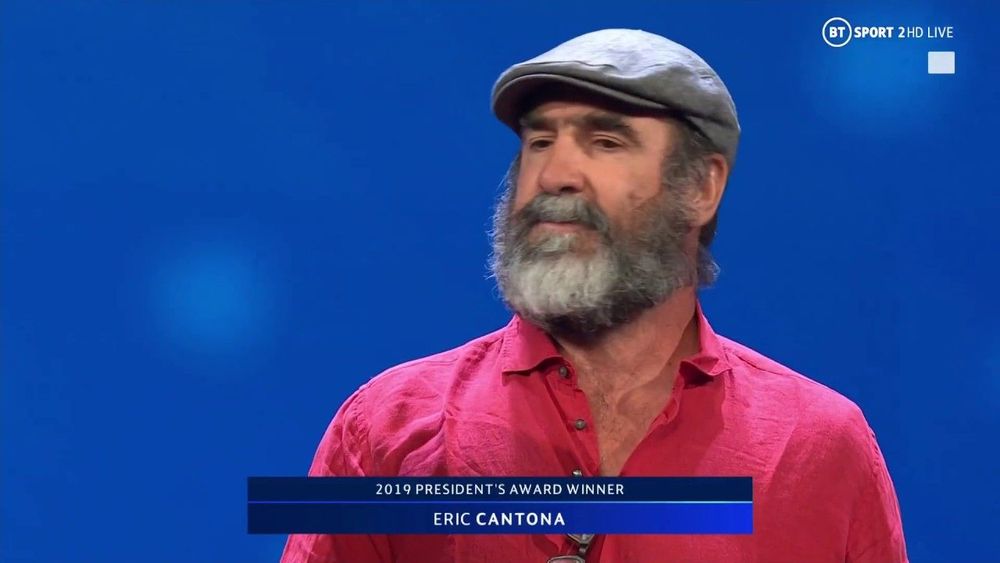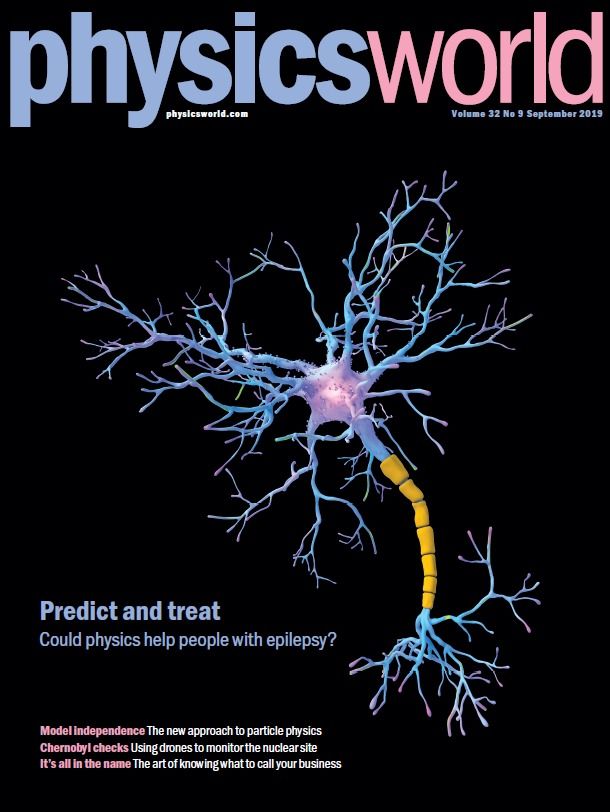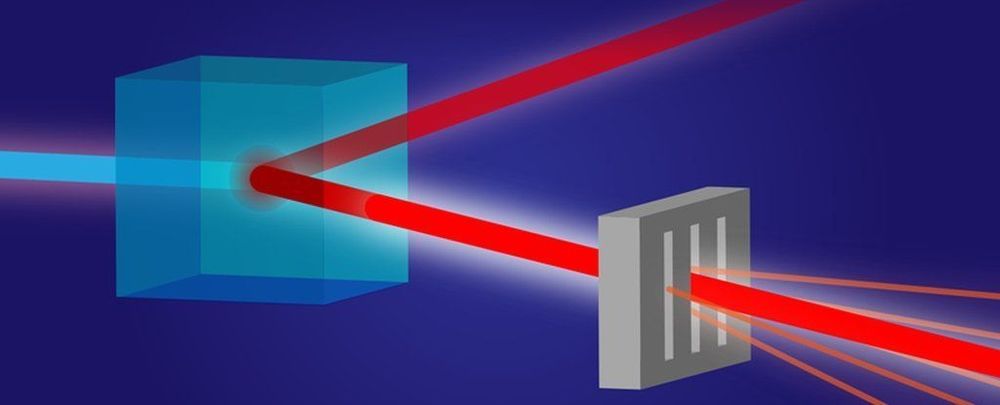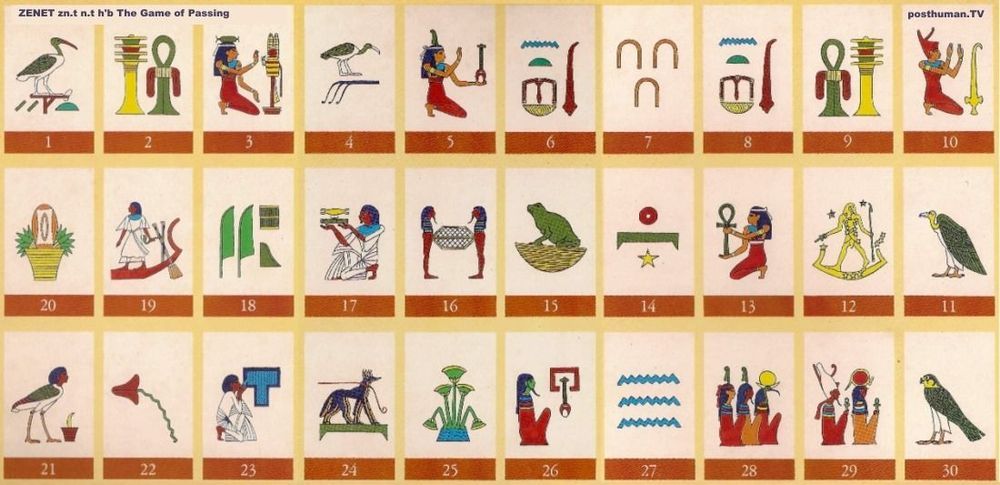Page 7559
Sep 2, 2019
Samsung’s take on the world of 2069
Posted by Klaus Baldauf in categories: business, nanotechnology, robotics/AI, space, transportation
Samsung is looking forward to what life might be like in the year 2069. The new report, called Samsung KX50: The Future in Focus, draws on the opinions of six of Britain’s leading academics and futurists to look at a range of new technologies that will affect people’s everyday lives.
Trying to predict the future is a dodgy business that has a notoriously low success rate. If the world of 2019 was anything like past predictions, we should have flying cars, personal jet packs, robot butlers, 100 percent atomic power producing limitless energy, little bottles containing nanobots that can grow cars on the front lawn, colonies on the Moon and Mars – and all in a society that hasn’t changed much since 1960, except it’s a bit nicer.
Sep 2, 2019
SpaceX’s Falcon 9 returning to Earth, pulsing its cold gas attitude control thrusters
Posted by Genevieve Klien in category: space travel

Falcon 9 uses blasts of pressurized Nitrogen to orientate, guide and correct itself during the descent and reentry phase of the first stage.
Sep 2, 2019
The physics of epilepsy, drones to monitor Chernobyl, and the ‘model-independent’ approach to particle physics
Posted by Genevieve Klien in categories: drones, health, mobile phones, particle physics, robotics/AI
Could physics help people with epilepsy? That’s the question tackled by Louis Nemzer, a physicist at Nova Southeastern University, in the September 2019 issue of Physics World magazine, which is out now in print and digital formats.
He thinks that machine learning and real-time monitoring of the brain could give people with epilepsy live information about how much at risk they are of an imminent seizure – and is even developing a smartphone app to help them in daily life.
Elsewhere in the issue, Peter Martin and Tom Scott from the University of Bristol describe how they’ve used drones to map radiation levels at the Chernobyl plant, which you can also read on this website from 2 September, while Kate Brown from the Massachusetts Institute of Technology examines the health impact of Chernobyl fall-out.
Sep 2, 2019
Tilly Lockey, the “Real Alita” / Bionic Girl on ideaXme
Posted by Ira S. Pastor in categories: aging, bioengineering, bionic, biotech/medical, business, electronics, engineering, exoskeleton, health, transhumanism

Sep 2, 2019
Brain-reading tech is coming. The law is not ready to protect us
Posted by Klaus Baldauf in categories: law, neuroscience
Human rights law isn’t ready to protect your brain’s privacy in the neurotechnology era, says Marcello Ienca.
Sep 2, 2019
Physicists Have Finally Built a Quantum X-Ray Device
Posted by Genevieve Klien in categories: biotech/medical, quantum physics
A team of researchers has just demonstrated quantum enhancement in an actual X-ray machine, achieving the desirable goal of eliminating background noise for precision detection.
The relationships between photon pairs on quantum scales can be exploited to create sharper, higher-resolution images than classical optics. This emerging field is called quantum imaging, and it has some really impressive potential — particularly since, using optical light, it can be used to show objects that can’t usually be seen, like bones and organs.
Quantum correlation describes a number of different relationships between photon pairs. Entanglement is one of these, and is applied in optical quantum imaging.
Sep 2, 2019
Could a Rusty Bridge Generate Electricity?
Posted by Omuterema Akhahenda in category: futurism
DARPA-funded researchers led by Northwestern University recently demonstrated that running saltwater over very thin films of rust (10−20 nanometers) can generate electricity!
Get the best of Smithsonian.com by email. Keep up-to-date on:
Sep 2, 2019
The problem with wanting to reverse aging that no one talks about
Posted by Derick Lee in categories: life extension, robotics/AI, transhumanism

In its most hubristic and unquestioning form, bolstered by unapologetic and brash advanced capitalist logics, transhumanism poses myriad threats: from automation unemployment to the end of democracy, to the risk that humans will branch into different species, making questions of inequality infinitely more urgent. Even if immortality arrives it will be accompanied by crimes, wars, and accidents—as Cantona states.
Technology is on the brink of making it possible to live forever—but should we?
Continue reading “The problem with wanting to reverse aging that no one talks about” »
Sep 1, 2019
Artifical-Death (maintaining a signal from the living person using MVT aware circuits) is possible using current technology
Posted by Steve Nichols in categories: cryonics, life extension, robotics/AI, sustainability
There are good technical reasons why prototypes use the ancient game of Zenet as the interface. Although I do not rule out alternative approaches using the underlying designs and principles, there are unique reasons to choose Zenet — the only method recorded in ancient Egypt whereby the dead and living could communicate. Notwithstanding my background in neural net and hybrid AI in game software development, especially active divination systems; Zenet is the most elegant solution to bridge the worlds (between living and dead) since the rules and objectives vary slightly between the two, and smooth transition between these perspectives can occur in real-time. An objection to Cryogenics is the dead take energy and resources from the living. By making the Zenet boxes solar powered this will not impact on resources of the living, and also will provide a more authentic experience of sun rise and solar changes, important in solar theology of Ra and in Zenet. The game concerns movement of the solar b(ark). On a pragmatic note — the range of awareness can extend just to events and moves in the Zenet game. Even this task is far from trivial using silicon technology, and I don’t envisage anything like “full resurrection” or retention of current memories and so on as feasible for some time.















